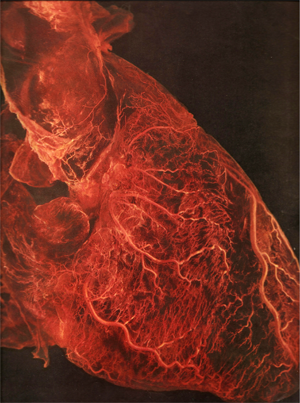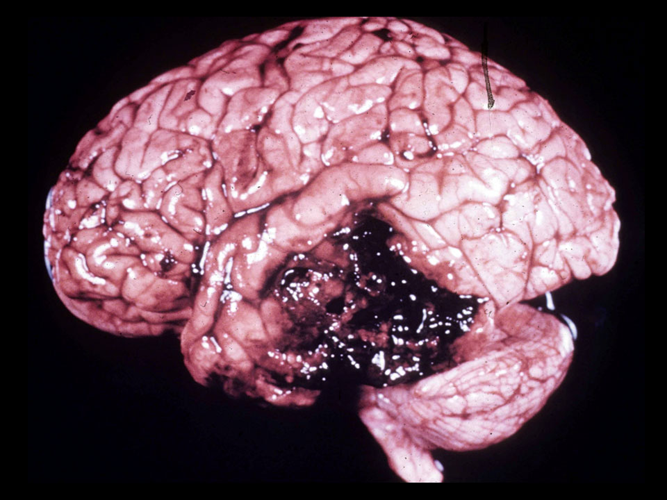Syllabus

VO2 Max in Context of Speed and Power
“Oxygen powered metabolism” pushed to the max begins to top off in the world’s fastest athletes at a speeds running near 13 mph in a marathon – and then maxes out around 15 mph in the 5k and 3k races. Oxygen based power in muscle cells cannot boost speeds past 15 mph. This tells us aerobic metabolism is a ‘weaker’ form of metabolism relative to anaerobic glycolysis.
read more
Week 8. Metabolism of Mice and Men, Birds and Elephants
Birds, mice, and other tiny mammals use much more O2 than humans do (adjusted for body weight).
This greater metabolic rate converts a greater proportion of “Total Energy Out” into “Wasted Heat” and is especially critical for surviving cold temperatures.
In order to sustain a very high rate of metabolic combustion and heat production compared to humans, birds must eat up to 17x or more the quantity of energy than a human, relatively. Despite eating so many calories, tiny animals do not gain mass because they dissipate heat extremely quickly.
This explains why a bird ‘going to bed’ on an empty stomach dies over a cold bitter night… lack of calories reduce heat production.
Conversely, the bodies of huge animals like elephants conserve heat because their size prevents rapid radiation of energy. Hence, the elephants huge ears serve as radiators to dissipate the heat.
read more
Week 3. Visualizing Cardiac Output and Blood Flow Physics
When the left ventricle contracts it spins the blood into a whirlpool, creating a vacuum or low pressure vortex just before the aortic valve opens to let blood flow out to your body (imagine spinning wine in a wine glass). Read: Refutation of the Pressure-Propulsion Theory
The heart does not push blood into the aorta per se’. Again, spinning a fluid creates negative pressure, then by vacuum blood is sucked (ejected) into the aorta at a speed up to 1 m/s indicated by the red swirling lines – for the Healthy Volunteer only – in the 4D MRI video below.
read more
Week 15. Your Brain on Collision Sports
To understand a concussion, we first compare it to a contusion in order to visualize microscopic and macroscopic damage done to the brain. We view brain cells, concussions, and contusions essentially the same way we viewed muscle cells within the metabolic model: A 3-D arrangement of cells/tissue – infused by capillaries where metabolism occurs: Fuel + O2 –> CO2 + H2O + Heat.
We conceive normal physiology as neurons working collectively and ‘lighting up’ dependent on your specific activity – within a crystalline-like electrical network, analogous to the Star Trek “energy forms in the sand”.
read more
Week 16. Visualizing Inflammation and The Energy Depleted State of Cells
Calcium, excessive exercise/stress, and PUFA’s (polyunsaturated fatty acids) ruin metabolism and energy production by ‘over activating’ cells. Sodium enhances metabolism.
We’ll begin by looking at why ‘high’ salt intake (sodium) caused Russian cosmonauts to lose weight and NOT retain water despite the fact their caloric intake remained equivalent to a previous experiment eating a lower sodium diet.
read moreThe Lymphatic System
The Physical Rules of Nutrition, Metabolism, and Exercise Science Reference source/supplementary reading for lecture Your Brain on Collision Sports Published source link: http://www.lymphnotes.com/article.php/id/151/ The Lymphatic System THE LYMPHATIC SYSTEM IS...
read moreSaint Paul College Class and Seminar Content
Class Content click images to open pages Home Selected Readings for Seminars click images to open pages "We are billion year-old carbon" Joni Mitchell, line from Woodstock [video_lightbox_youtube...
read more